Nintendo Switch 2 vs Steam Deck: how do both gaming handhelds compare?
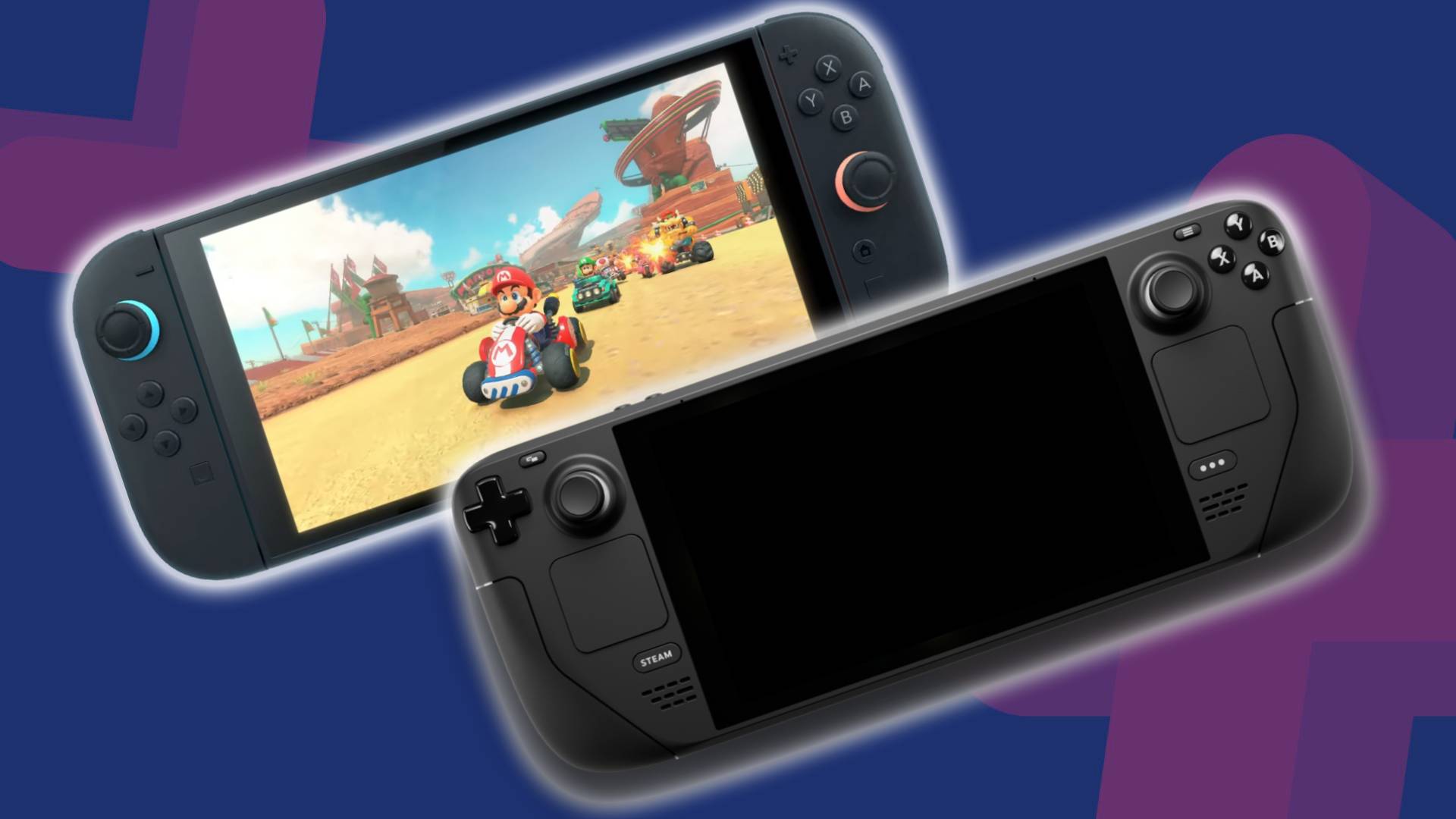
I've been waiting to compare the Nintendo Switch 2 to the Steam Deck for what feels like a millennium. Now that Ninty has made its next console official, it's finally time to pit it against Valve's powerhouse in the best gaming handhelds ring. Naturally, both devices are very different beasts with something unique to offer players, but stacking them up side by side could help you decide on a new portable pal to invest in.
In many ways, the Switch 2 is a souped-up version of Nintendo's 2017 console. Next-gen enhancements will narrow the gap between the new handheld and portable PCs like the Steam Deck OLED, but there's more to this fight than raw performance punches. In fact, the new custom Nvidia chip that sits within the Switch 2 uses the same tricks as modern graphics cards to achieve higher resolutions and better performance, not to mention Ninty's newcomer boasts a 1080p 120Hz screen that beats Valve's panel.
With that in mind, let's see how the Switch 2 vs Steam Deck fight starts to unfold. Both will no doubt continue to swing punches throughout 2025, but I can already talk you through how multiple rounds will play out.
TL;DR Nintendo Switch 2 vs Steam Deck
Nintendo Switch 2
- 1080p 120Hz screen
- Removable Joy-Con
- Uses cartridges
- Backwards compatibility
- Slimmer design
- Integrated stand
- Included dock
Steam Deck
- 800p 60Hz (OLED 90Hz)
- Integrated controls
- Digital games only
- PC compatibility
- Chonky body
- No stand
- No dock included
Nintendo Switch 2 vs Steam Deck: Price
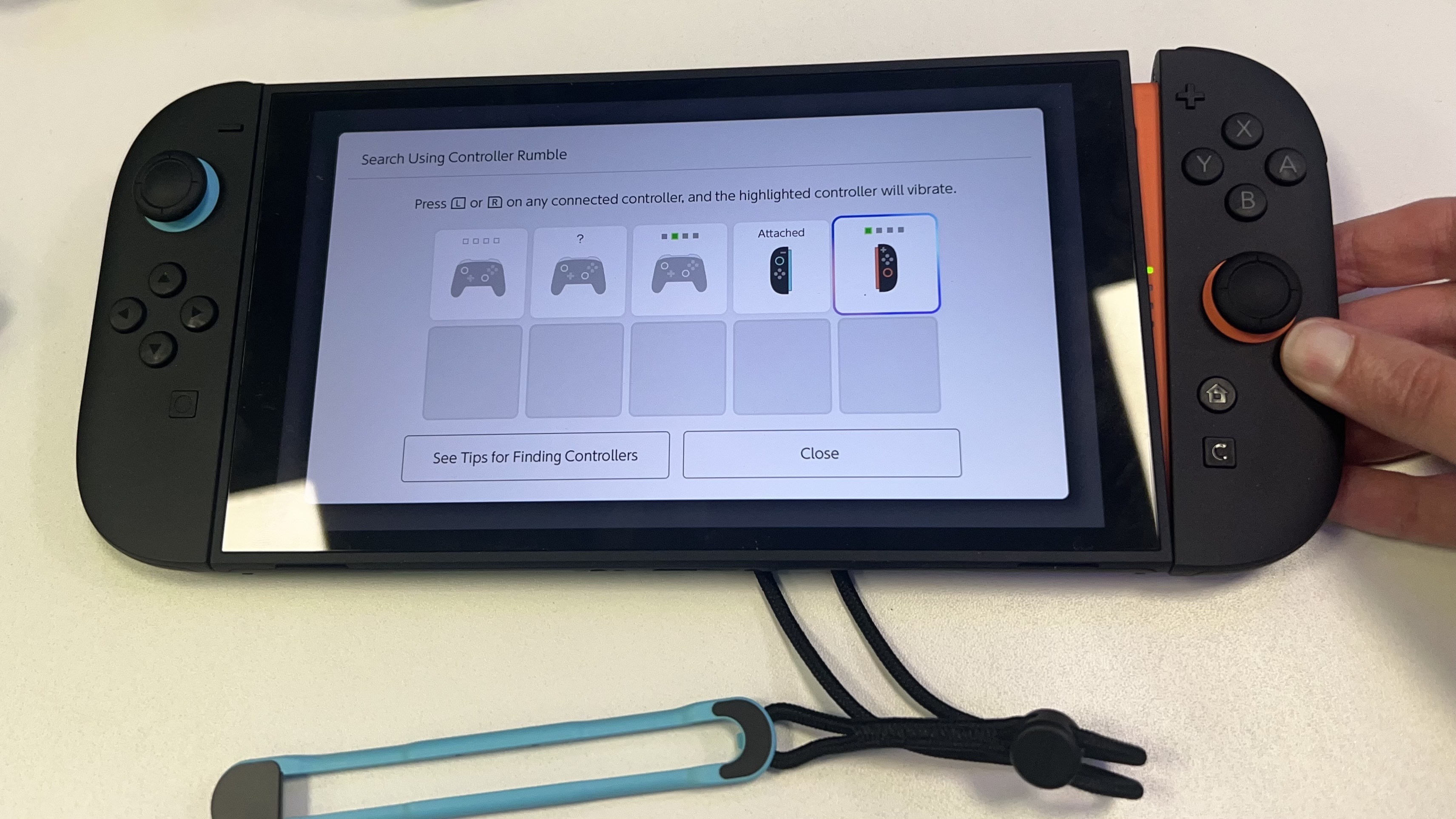
Nintendo sadly hasn't revealed a price for the Switch 2 yet, but there's a strong chance it'll cost under $400. While you'll want to avoid making any final spending plans until that MSRP is finally revealed, having a look at pricing history and trends from past generations can help provide a ballpark figure.
To get a feel for Nintendo's pricing, let's venture way back to the Wii. The seventh-generation console launched for $249.99 / £179.99, making it one of the cheapest consoles from that generation. The Wii U eventually took to the stage with a $299.99 / £249.99 price tag in 2013, again, undercutting the likes of the PS4 and Xbox One. Ninty ended up retaining this same MSRP for the 2017 Switch, while the newer OLED model ramped things up to $349.99.
With those figures in mind, I'd predict that the Nintendo Switch 2 will cost at least $350 / £350. The company likes to retain previous-gen pricing where possible, but external factors like inflation and increased manufacturing costs mean it may aim for a higher MSRP. Still, the biggest price leap that has happened over the past decade between consoles is around $50, and it makes more sense to target the same pricing as the OLED model than position itself higher in the market.
The one factor that could impact the Switch 2 price is whether Nintendo plans to keep the OG Switch and OLED model alive. If it does that, we could be looking at a handheld family tier system with different models catering to specific player types. I'm leaning towards that not being a thing since the enhanced capabilities and new games mean we are talking about an entirely new generation, unlike the 3DS iterative cycle. Nevertheless, it's still a possibility, one that would lead to higher-than-ever console pricing from Nintendo.
Weekly digests, tales from the communities you love, and more
Of course, there are also rumors surfacing that the Nintendo Switch 2 could cost $449. That's according to Xbox Era co-founder Nick "Shpeshal" Baker, who claims an insider cited the MSRP alongside a Mario Kart bundle price of $499. In that scenario, the new handheld would end up more expensive than the Steam Deck LCD, but $50 cheaper than the OLED model. Is that a win for Ninty? Perhaps it will be by the time the Steam Deck 2 rolls into town, but it does mean the OG portable PC could be technically more affordable.
Nintendo Switch 2 vs Steam Deck: Games


Comparing Nintendo Switch 2 games to the Steam Deck library is tricky on multiple levels. Not least because Valve's handheld has access to a wealth of PC releases while the new Switch is backwards compatible with eight years' worth of console favorites (albeit with a few limitations and paid next-gen ports).
Nintendo is the last remaining guard in the console exclusives space. There is one place, and one place only, that you can experience the latest adventures of Mario, Link, Donkey Kong, and whichever other Nintendo mascot you can think of. Nintendo is going to win this battle for a lot of people who mainly want to buy a Switch 2 to play Nintendo's games. So third-party support is going to be a big deciding factor for you here.
How often do you play games made by other companies? Are they likely to be on the Switch 2? Because they're almost certainly going to hit Steam, which means they'll be playable in some form on a Steam Deck. By the buzz surrounding Switch 2, it's likely that we'll see third-party support for a wide selection of games, especially indies. This was certainly the case on the first Switch, but as the console aged, and its already out-of-date hardware started to make things difficult for developers, support from the biggest, most demanding games stopped. This could very well happen to the Switch 2 as well, so you can see where the toss-up is going to be.

If you're only buying a platform to play Nintendo games, you're going to buy the Switch 2. If you tend to play a bit of everything, but want to keep up with those nostalgic Nintendo franchises, a Switch 2 might be worth it for you, but probably not immediately. If you're quite content with your Steam backlog and you can do without those occasional Switch games calling to you from your childhood memories, it's likely that you'll love the Steam Deck and not feel as though you're missing out on the Switch 2 much at all.
There's also the economy of these games to consider. Steam sales are infamously excellent for consumers, bringing games down to genuinely affordable prices in big seasonal sales. On Switch 2, not only do you need to fork out $80 for an exclusive title, but if you want to play the OG Switch's games with the full power of the Switch 2's hardware, you'll probably need to pay an additional fee to get access to the Switch 2 Edition. You can check out a full list of upcoming Switch 2 games we've thrown together to weigh up whether the investment will be worth it for you.
Nintendo Switch 2 vs Steam Deck: Display
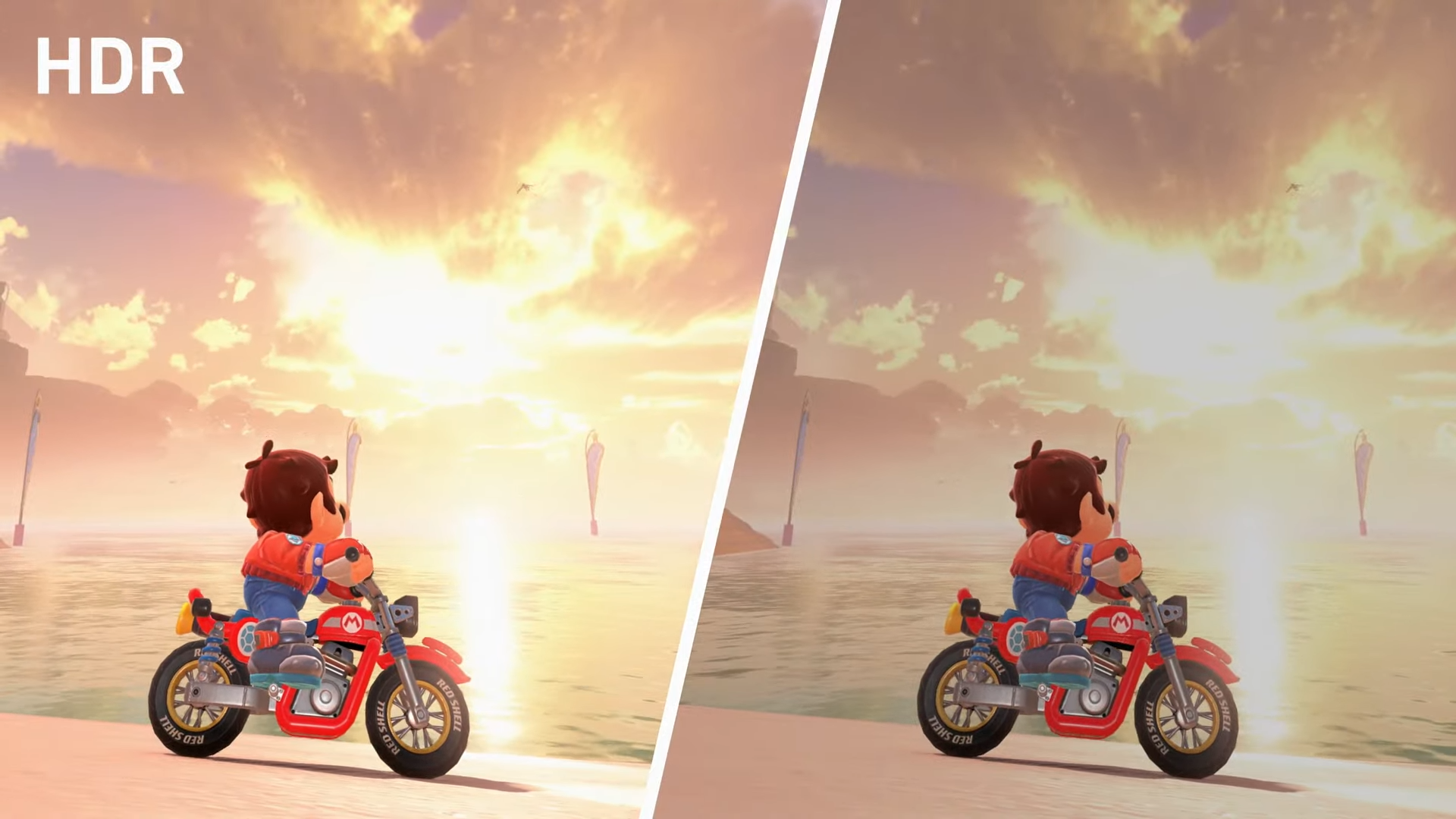
Nintendo has revealed that the Switch 2 will come armed with a 1080p 120Hz display with HDR abilities, which beats out even the Steam Deck OLED with its 800p 90Hz screen. It'll run at double the refresh rate of Valve's LCD model, meaning you'll get slicker visuals that take advantage of higher frame rates.
The new Switch 2 screen matches premium handhelds like the Asus ROG Ally and new Lenovo Legion Go S, and while the Steam Deck OLED and even the Nintendo Switch OLED will have an edge in terms of colors and contrast, Ninty's new console will feel more fluid than both. Plus, HDR should help things pop a bit more in handheld mode than its predecessor and help it pack a punch even compared to its more vibrant competitors.
There's still no word on whether the Switch 2 will leverage VRR (Variable Refresh Rate), but it could lend the 120Hz screen a helping hand. If the system can dynamically match up display speeds with game refresh rates, it will prevent jittery visuals that are a result of mismatched fps.
Nintendo Switch 2 vs Steam Deck: Controllers
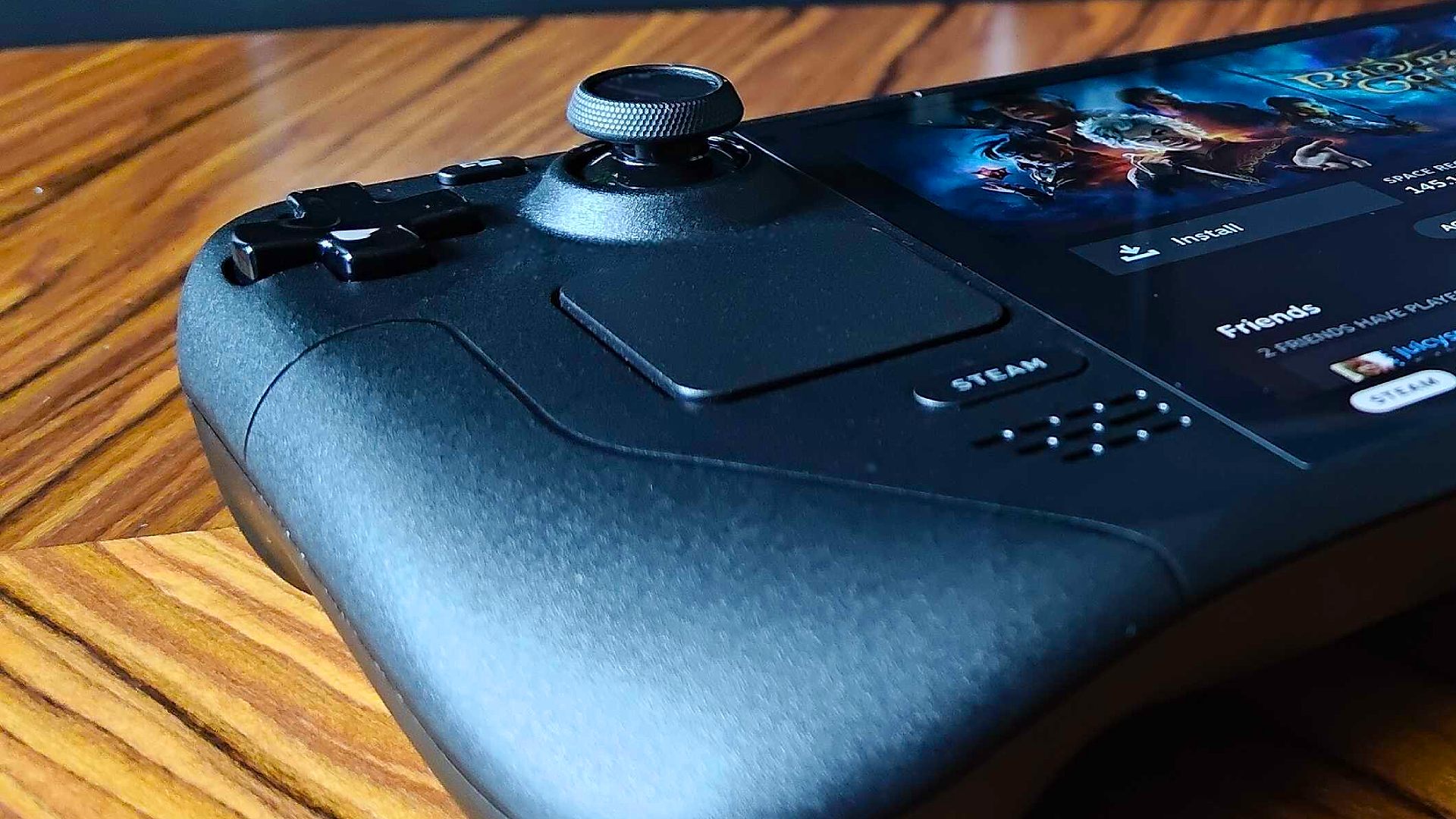

The Switch 2 feels very much like a sequel handheld rather than something new, meaning it'll rival systems like the Steam Deck with a familiar hybrid setup. For those of you unacquainted, the format includes removable Joy-Con controllers and a docking station for gaming TV play, playing into the whole idea of being able to switch from portable to big-screen play.
As you'd expect, Nintendo has revamped its Joy-Con tech for the Switch 2, replacing its old rail system with magnetic connectivity and adding a mysterious new IR sensor on the side. That will no doubt play into some new console features, but we'll have to wait for Ninty to delve into that next month. Other perks I'm expecting to remain are the gyroscope and the ability to use each Joy-Con as a separate gamepad.
The big difference between the Switch 2 and the Steam Deck here is that Valve's gamepad isn't removable. For that sort of portable PC functionality, you'd have to look towards the Lenovo Legion Go instead, but it does offer up a solid set of controls with plenty of unique features. Those include a trackpad for enhanced desktop model usability, gyro functions that can be activated via thumbstick touch sensors, and haptic feedback. Nintendo's new handheld will no doubt feature a new version of its "HD rumble," so both devices are offering elevated vibrations compared to traditional controllers.
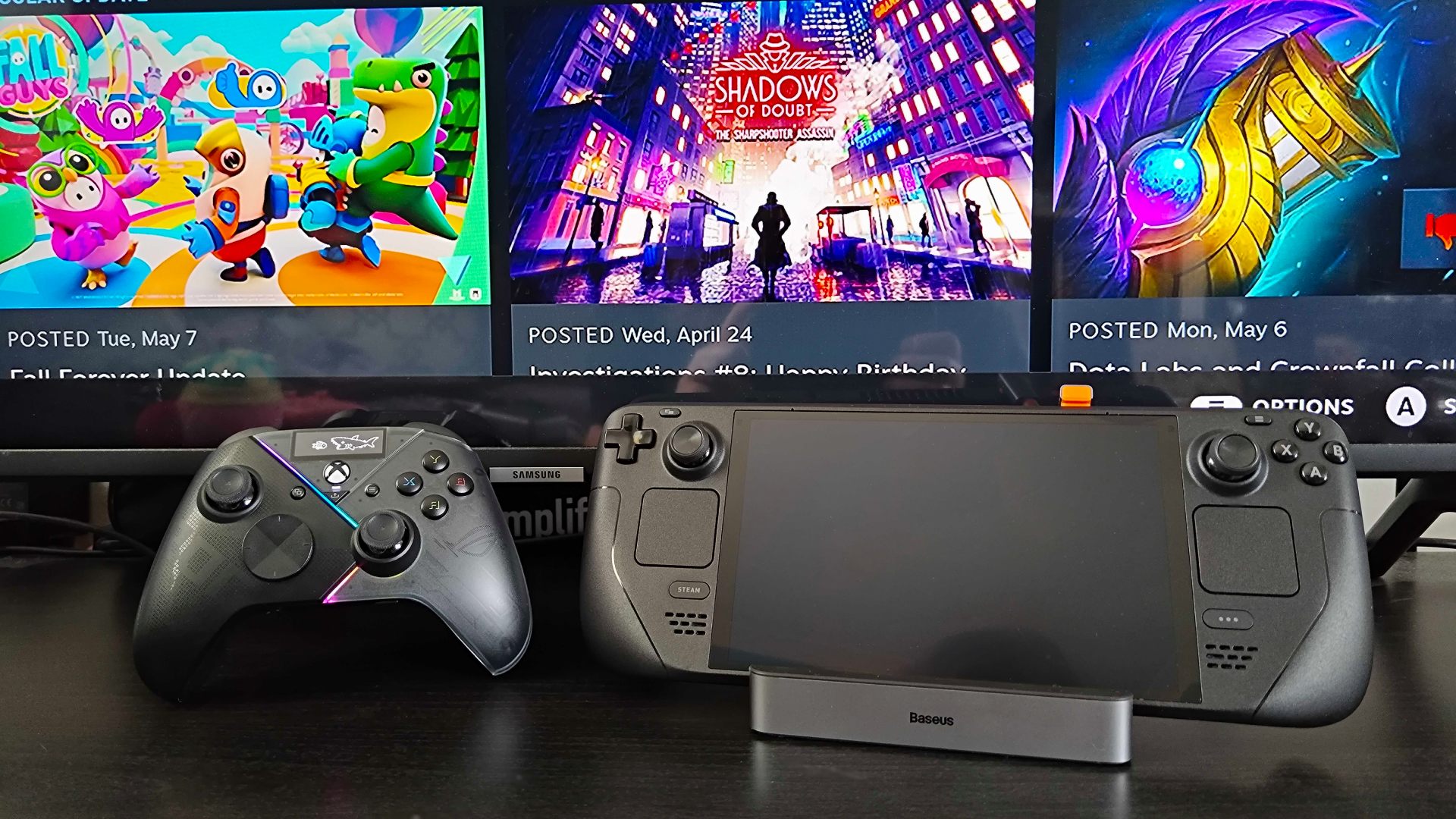
That said, there are also external controllers to consider here as well. The Steam Deck is essentially a handheld gaming PC, so any of the best PC controllers should work with it, so long as you connect them in the right way. That opens up a slew of possibilities when it comes to what gamepad you use, and if you're docking up to play on a TV or monitor, you've got so many options at your disposal.
The Switch 2 has an official Pro Controller, and we already know that PowerA is working on the first officially licensed Pro Controller for Switch 2 from a third-party. That'll be followed by plenty of alternatives, there's no doubt. But we still don't know for sure if third-party Switch 1 controllers will work on Switch 2, and that limits things a little.
You could say Ninty's Joy-Con setup wins out against the Deck's traditional take on controls thanks to the versatility of its Joy-Cons, but if you like full-sized thumbsticks and larger face buttons, you'll prefer the latter. Moreover, if you want options when it comes to secondary or external gamepads to connect to either console, the Steam Deck does have wider compatibility.
Nintendo Switch 2 vs Steam Deck: Comfort
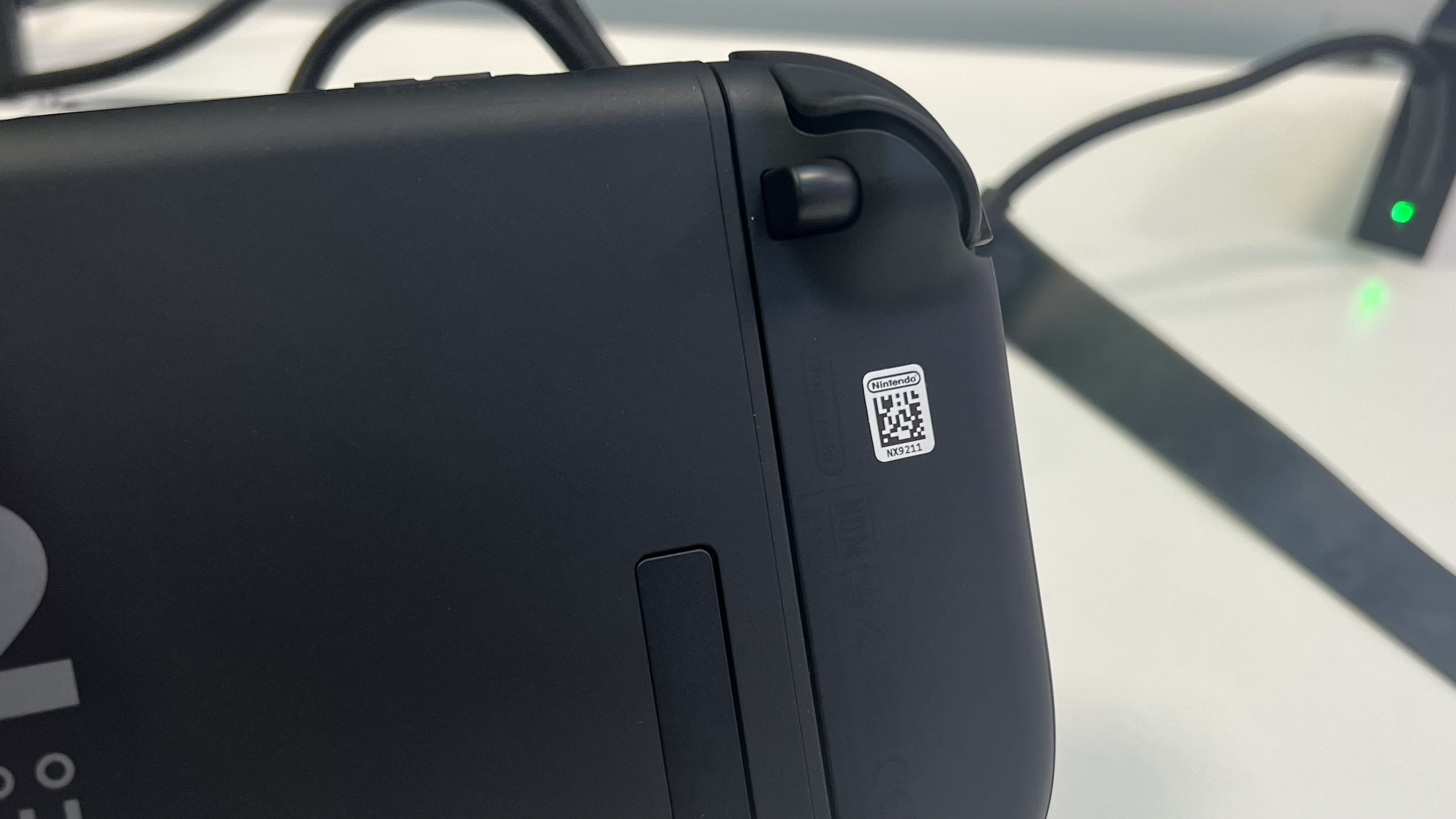
This one will likely come down to personal preference, depending on what you prefer the feel of. In handheld mode, which of the two devices is more comfortable to hold for long periods at a time?
Well, the Switch 2 is the same thickness as the original Switch, and even if it's a little bit larger than before, that doesn't add much in the way of girth. Handheld gaming PCs like the Steam Deck or ROG Ally offer a bit more to hold onto, which not only provides room for back buttons to greatly enhance the comfort on the front of the device, but also makes it more secure in the hands. Collectively, we here prefer that, so the Steam Deck takes the comfort prize for us.
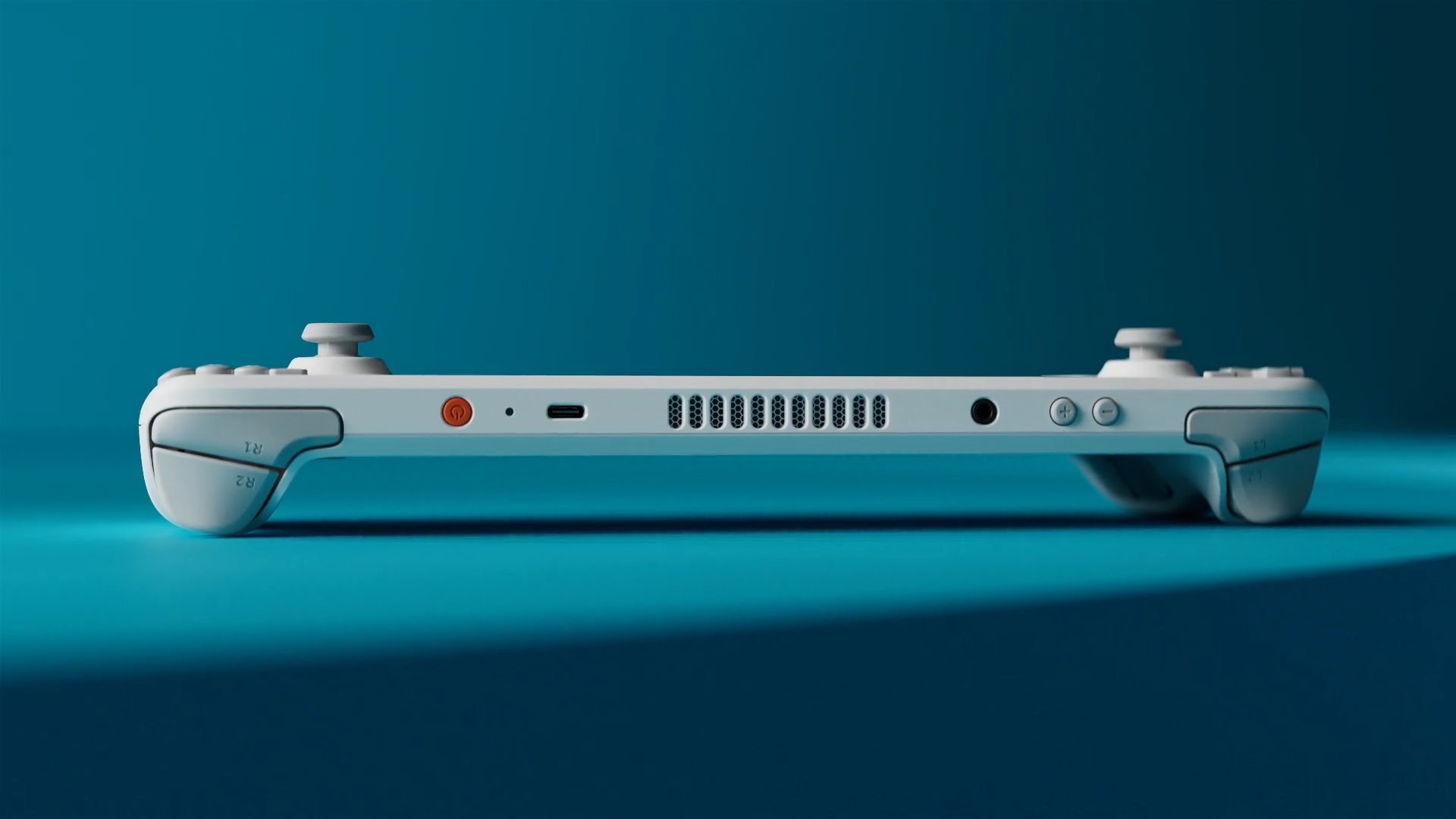
The Switch 2 isn't uncomfortable, by any means, and its larger size does help matters since you can spread your hands a bit wider and you don't have to rely so much on one or two points of pressure to support its weight. There are definite improvements with the Switch 2 thanks to its matte surface as well. It may be more slippery, but you can still maintain your grip while feeling as though you're holding a more premium device than before.
Still, the Steam Deck has a more three-dimensional shape to it that makes gripping it easier. For us, that wins out. There's a reason the CRKD Nitro Deck was so popular, after all.
Nintendo Switch 2 vs Steam Deck: Battery Life

This one might depend on how you use it, but all-in-all, the Steam Deck tends to have a better battery life.
The Switch 2 has a larger screen, it's a 1080p display, has HDR credentials and a higher refresh rate, so as you can imagine, powering it takes a bit more oomph. The 5,220mAh battery inside it can only really sustain it for between 2-6 hours, with earliest suggestions pointing at the lower-end of that scale being more common. Luckily, there is a handy battery preservation feature.
The Steam Deck's battery life is a bit harder to nail down, but the most optimistic usage reports show that it can last up to 9 hours.
Nintendo Switch 2 vs Steam Deck: Docking
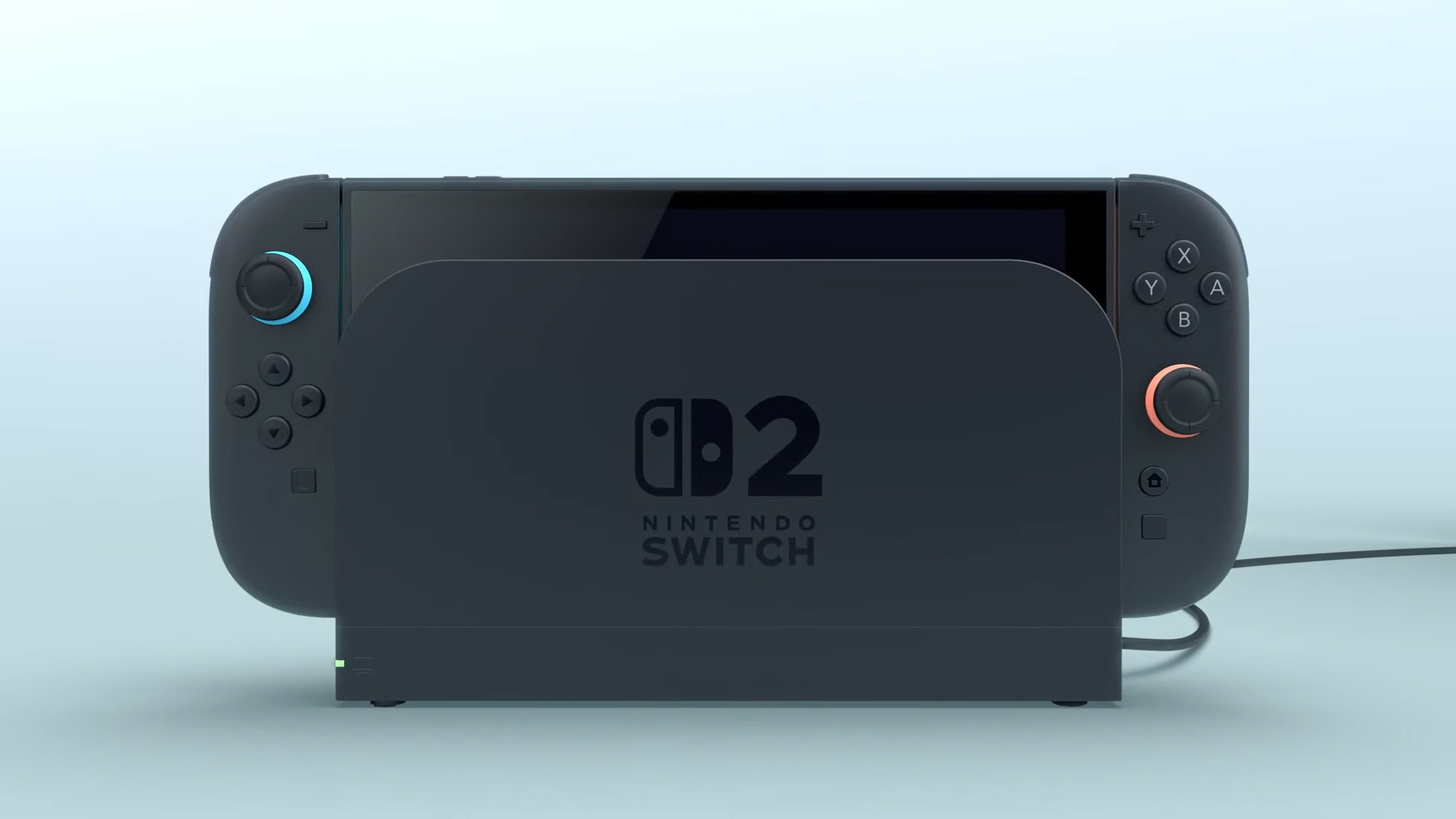
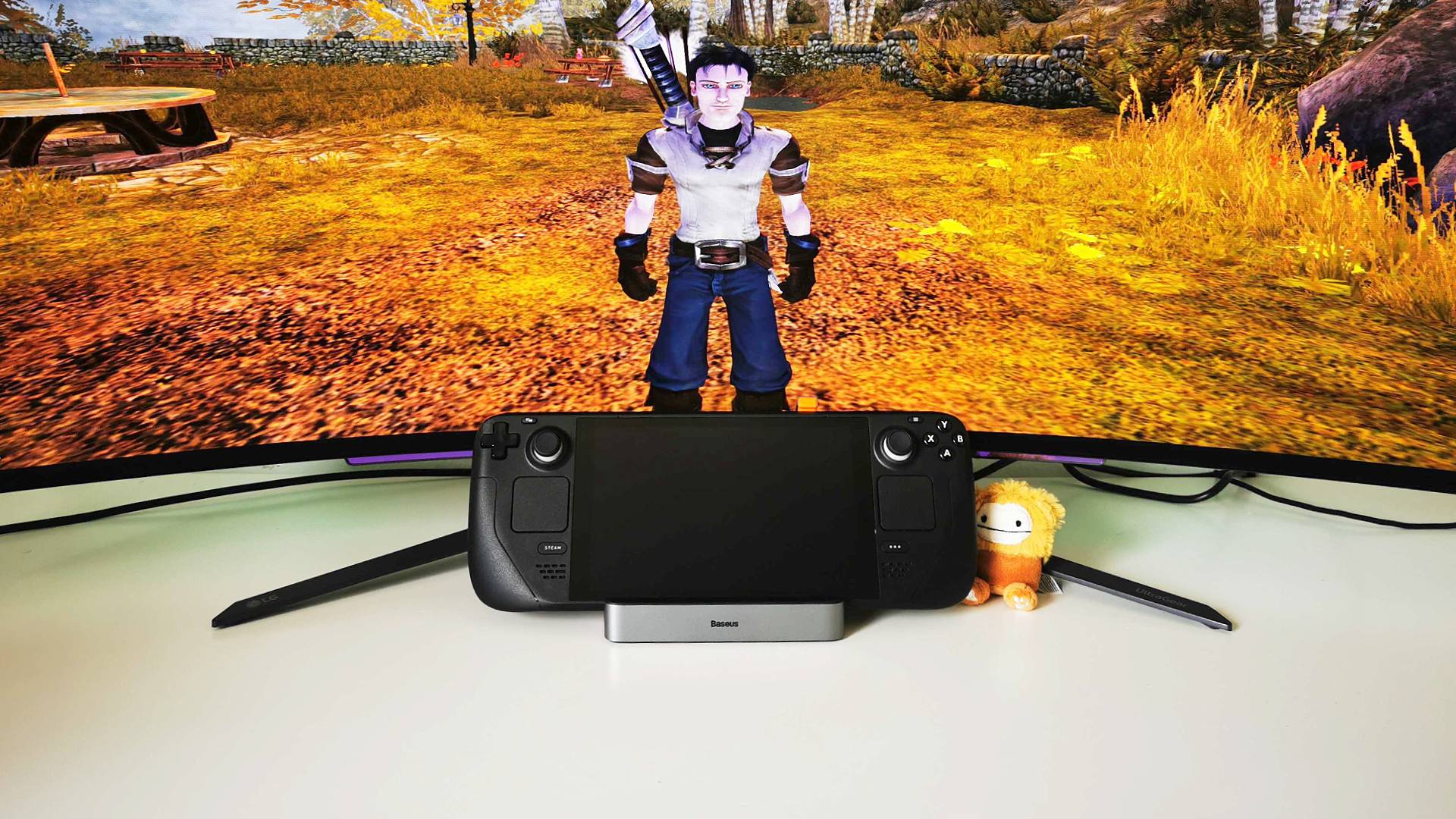
Valve's handheld rises to the hybrid challenge with Steam Deck dock compatibility. Rather than sliding the handheld into a cradle like the Switch 2, you'll instead place it down on a hub and attach a USB-C cable on top. The process is slightly less snazzy, but arguably more versatile since you'll have options in terms of dock design. At the same time, we'll no doubt see third-party Switch docking stations enter the fold once the system lands, so both should boast the same level of versatility.
I'm at risk of using the whole "apples and oranges" idiom when talking about Switch 2 and Steam Deck features. But, both handhelds do take an approach that suits their specific libraries, with Valve's system focusing on PC compatibility while Nintendo continues to innovate within the console space. There are arguments to be made for both types of docking station, too, so until we learn if the new Switch has more up its sleeve, it's a draw between the two devices.
The Switch 2 will be able to provide 4K output in docked mode, something the Steam Deck can do by default. The difference is that Nintendo's handheld will have games designed with UHD performance in mind, complete with tailored settings and optimizations. Since Valve's device is essentially a PC, it's up to players to tweak things to hit higher resolutions at a playable performance, and the Deck does struggle to run newer releases at anything above 1080p on external displays. Steam Deck Docks have wider possibilities for adding external GPUs and even going above 4K60, though, and the Switch 2 caps out at 4K 60fps in docked mode. With no VRR support, third-party Steam Deck docks might just take the cake here.
Make sure to check out the Nintendo Switch 2 vs Nintendo Switch for comparisons between the old and new console. Alternatively, swing by the best Steam Deck accessories if you're sticking with Valve's handheld for now, and the best Nintendo Switch 2 accessories if you're ready to make the next-gen upgrade.

Phil is currently the Hardware Editor at GamesRadar+ who specialises in retro gaming, the best gaming handhelds like the Steam Deck, and more modern components like graphics cards. Having spent years offering up classic console advice and over a decade as a gaming journalist for big names like TechRadar, The Daily Star, the BBC, Den of Geek, and many more, Phil now dedicates their days to covering the latest news and offering up invaluable setup advice.
You must confirm your public display name before commenting
Please logout and then login again, you will then be prompted to enter your display name.



